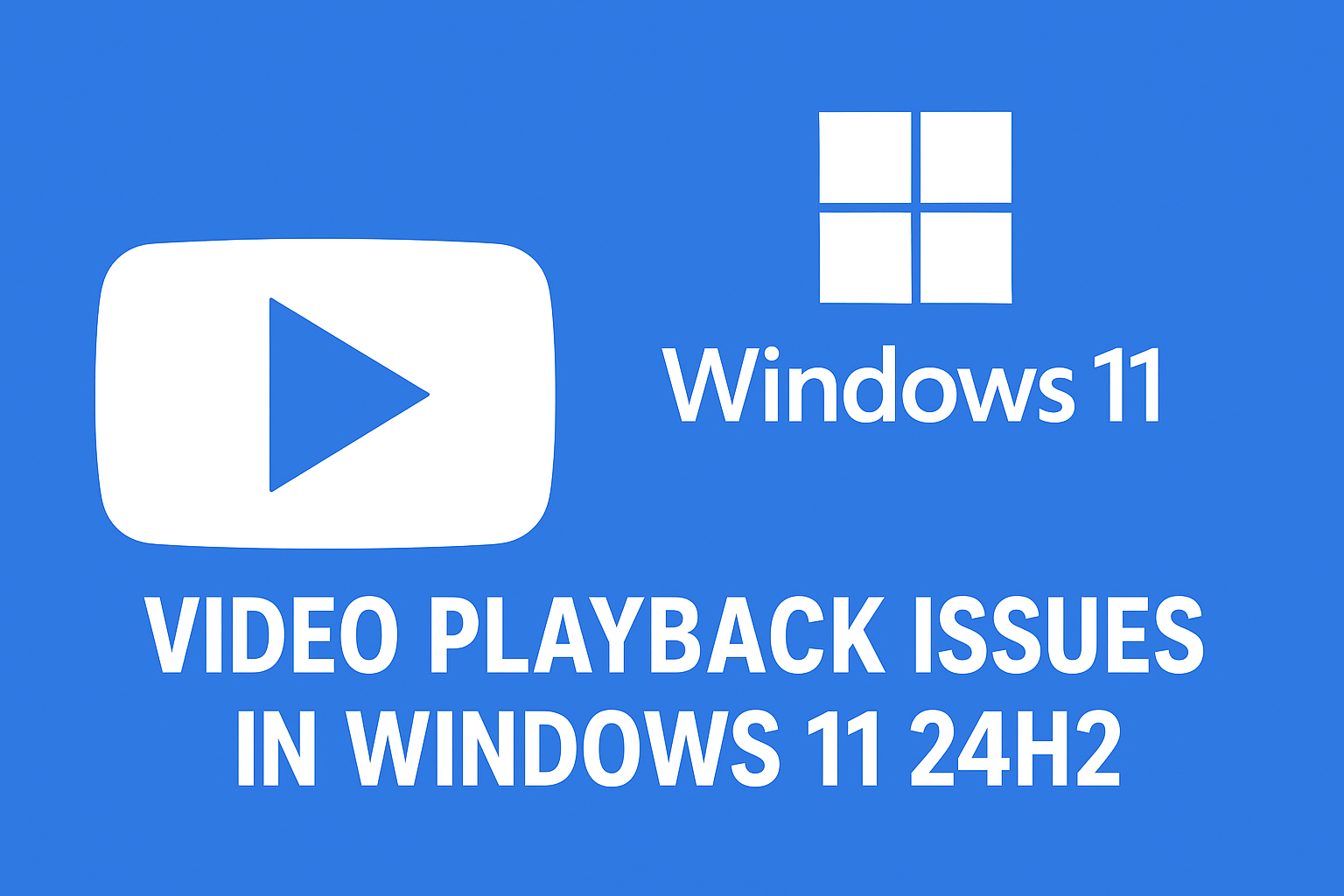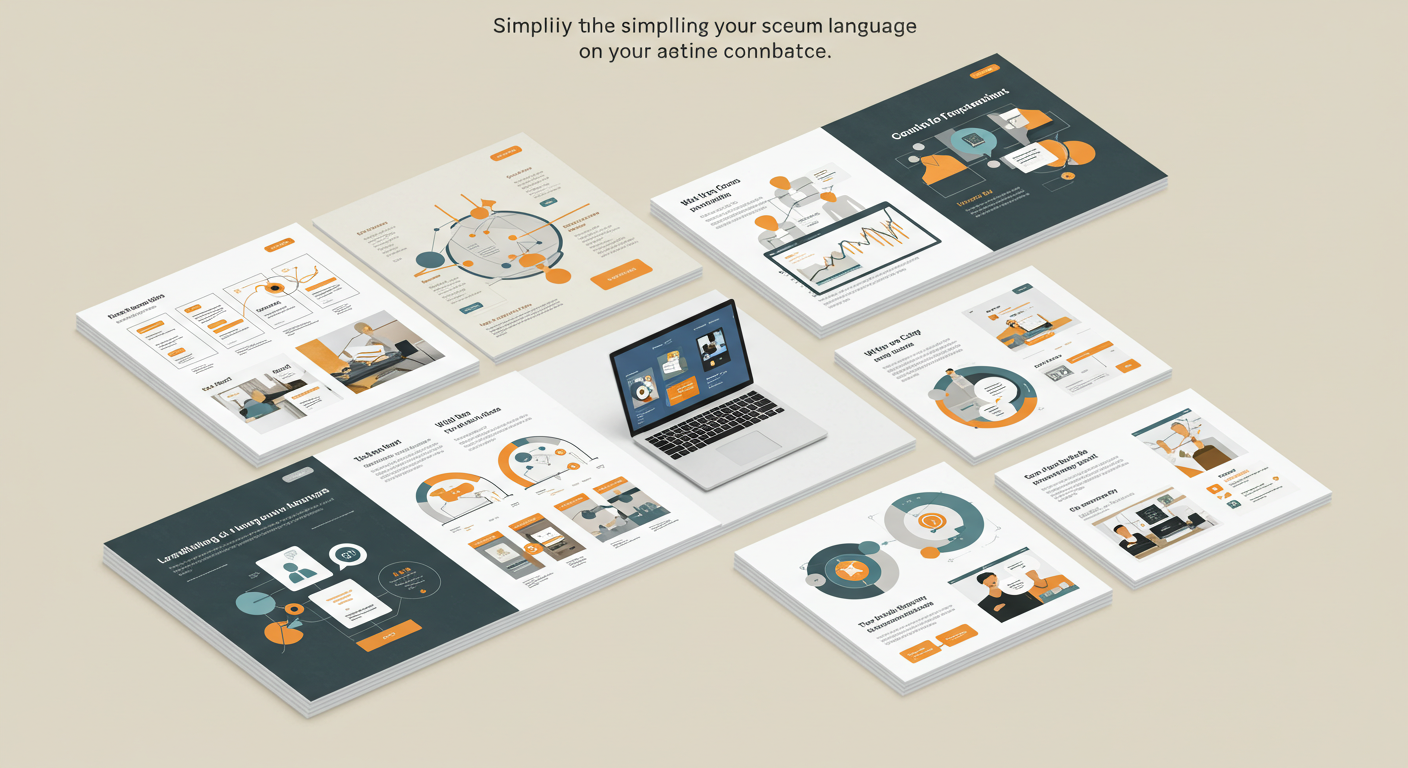
Simplifying Communication for Your Website: A Complete Guide
In today’s digital age, your website is often the first point of contact between your business and potential customers. But having a beautiful design or lightning-fast loading speed isn’t enough. One of the most important — and often overlooked — elements of online success is simplifying communication for your website. Let’s dive deep into why this matters and how you can make your site easier to understand, navigate, and engage with.
Why Simplifying Communication for Your Website Matters

Let’s face it: people are impatient online. If they land on your website and don’t understand what you do or how to reach you within a few seconds, they’ll bounce.
Simplifying communication for your website ensures your visitors know who you are, what you offer, and how they can take action — without confusion. The more intuitive your site, the better your conversion rates, SEO rankings, and overall user satisfaction.
First Impressions: Clear Messaging Wins
The moment someone lands on your homepage, they should immediately get a sense of:
- What your business does
- Who your services/products are for
- What the next step is (contact, buy, learn more, etc.)
This starts with clear, concise headlines. Use simple language, avoid jargon, and speak directly to your ideal audience. For example, instead of saying:
“We leverage strategic growth methodologies for optimal client outcomes.”
Try:
“We help small businesses grow through smart marketing strategies.”
That’s simplifying communication for your website in action — cut the fluff, speak human.
Use Visuals to Support Your Message
Words are powerful, but images, videos, and graphics can make your message even clearer. A well-placed infographic, explainer video, or screenshot can reduce the need for lengthy text and improve understanding instantly.
When using visuals, remember:
- Every image should support your message
- Avoid cluttered designs
- Use icons to replace repetitive text (e.g., phone icon instead of the word “Call”)
Combining clean visuals with straightforward text is key to simplifying communication for your website effectively.
Navigation That Makes Sense
Ever landed on a website and thought, “Where do I even go from here?” That’s poor navigation, and it’s a huge communication breakdown.
Here’s how to make navigation user-friendly:
- Keep menus simple (no more than 5–7 main items)
- Use intuitive labels like “About,” “Services,” “Contact”
- Include a search bar if you have a lot of content
- Make sure every page has a clear purpose and path forward
Remember, simplifying communication for your website means helping users find what they need fast. Confusion leads to frustration, and frustration drives people away.
Chatbots and Contact Forms: Keep It Simple
Modern websites often include live chat or chatbots — and that’s great! But these tools should enhance communication, not complicate it.
Some tips:
- Keep chatbot prompts simple and user-focused
- Offer quick-response buttons (e.g., “Talk to support,” “Book a call,” etc.)
- Use short forms — only ask for necessary info (name, email, message)
When simplifying communication for your website, the goal is to remove obstacles between your users and the answers they’re looking for.
Mobile-Friendly = Communication-Friendly
More than half of web traffic today comes from mobile devices. If your website isn’t optimized for mobile, your communication is automatically compromised.
Here’s how to fix that:
- Use responsive design so content resizes based on screen size
- Use large, easy-to-read fonts
- Ensure buttons are thumb-friendly and spaced out
- Keep menus collapsible but accessible
By creating a seamless mobile experience, you’re simplifying communication for your website across all devices — and that’s a huge plus for user experience.
Tell Users What to Do Next (Call-to-Actions)
Every page should guide the user to the next step. Don’t leave them guessing. Whether it’s signing up for a newsletter, making a purchase, or booking a consultation, a clear call-to-action (CTA) is vital.
Good CTAs are:
- Specific: “Download Your Free Guide”
- Action-oriented: “Start Your Free Trial”
- Prominent: use contrasting buttons and strategic placement
When your CTAs are simple and compelling, you’re doing an excellent job of simplifying communication for your website and boosting conversions at the same time.
Accessibility Is Key to Communication
Simplified communication isn’t just about clarity — it’s about inclusion. Make sure your website is accessible to people with disabilities by:
- Adding alt text to images
- Using high contrast between text and background
- Ensuring keyboard navigation works
- Using headings properly (H1, H2, H3, etc.)
By following accessibility standards, you’re simplifying communication for your website for everyone — not just the majority.
Use Feedback to Keep Improving
You might think your site is easy to understand, but what do your users think?
Ways to gather insights:
- Ask for feedback via popups or emails
- Use tools like Hotjar or Google Analytics to track user behavior
- Run A/B tests on headlines, CTAs, and forms
- Conduct usability testing with real users
Act on that feedback to continually improve and simplify communication for your website over time.
Final Thoughts
Simplifying communication for your website isn’t just a design tweak — it’s a business strategy. When users can instantly understand what you do, how you help, and how they can engage with you, everything improves: bounce rates drop, conversions go up, and your brand becomes more trustworthy.
So, take a step back and look at your website with fresh eyes. Are you speaking your audience’s language? Are you guiding them clearly? If not, now is the perfect time to start simplifying communication for your website — one headline, image, and click at a time.





















Post Comment